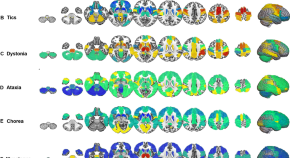PET/CT study of dopamine transporter (DAT) binding with the triple reuptake inhibitor toludesvenlafaxine in rats and humans
Authors (first, second and last of 6)

Collection
Department of Nuclear Medicine & PET center, Huashan Hospital, Fudan University, China. His research interests include the development of radiotracers for cancer and brain disorders, neuroimaging and biomarkers of early signs of neurodegenerations He led translation of more than 10 radiotracers at Huahsan Hospital. He also led the establishment of a Chinese local AD cohort (C-PAS, Chinese preclinical Alzheimer’s Disease study) with more than 2000 amyloid PET scans and various other PET scans, including tau, SV2A, and mGluR5 PET.
Institute for Regenerative Medicine and Institute for Biomedical Engineering, University of Zurich and ETH Zurich, Switzerland. Her research focuses on the development of imaging biomarkers targeting amyloid-beta, tau and neuroinflammation for the early detection of Alzheimer’s disease and Parkinson’s disease and multiscale preclinical imaging techniques. She completed a PhD in Medical Science at Karolinska Institutet and postdoctoral training at the National Institute of Radiological Sciences (JSPS fellowship) and ETH Zurich.



















